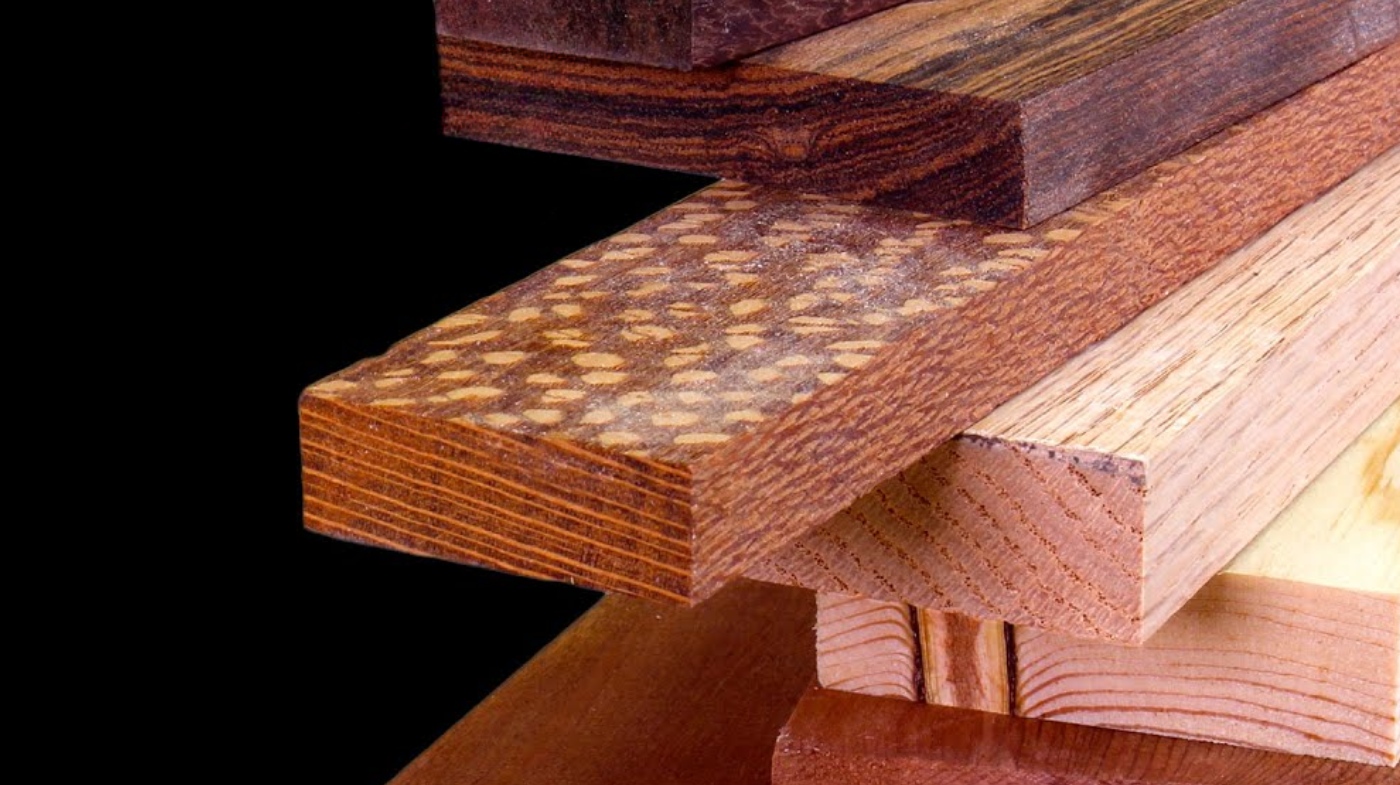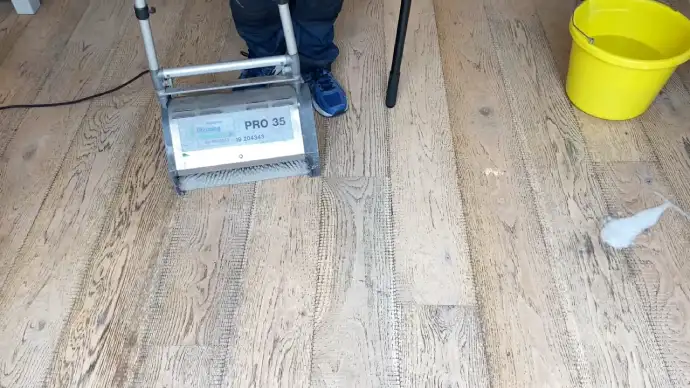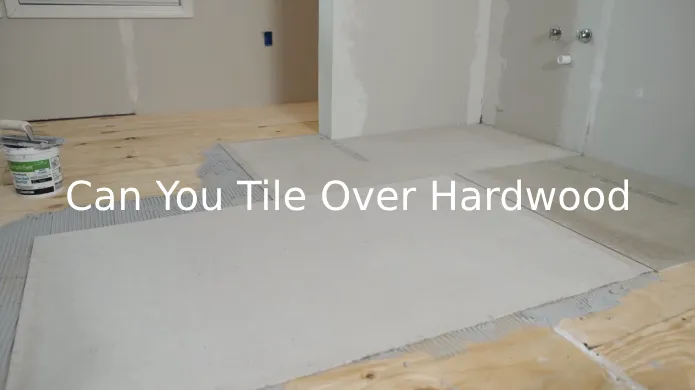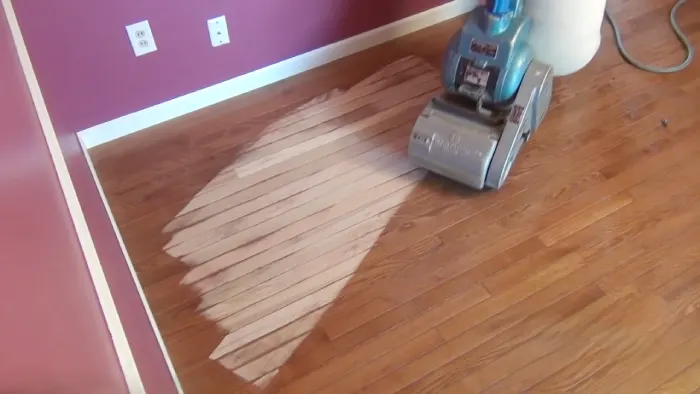What Are the Hardest Hardwoods: From Hickory to LPE
If you want the hardest hardwoods, look at species like Australian Buloke, Baraúna, and Quebracho, topping the Janka hardness scale with ratings exceeding 4,500 lbf.
These woods endure heavy wear and are ideal for demanding uses. Common strong choices include Hickory, Maple, and Ash, offering a balance of durability and workability.
Exotic woods like Waddywood and Ipe also provide exceptional hardness and resilience. Understanding these options helps you choose the best wood for your needs and applications.
Key Takeaways
- Australian Buloke is the hardest hardwood, with a Janka hardness of 5,060 lbf, making it extremely resistant to wear and denting.
- Baraúna and Quebracho are among the hardest exotic hardwoods, with hardness ratings above 4,500 lbf, ideal for heavy-duty applications.
- Common hardwoods like Hickory (1,820 lbf) and Hard Maple (1,450 lbf) offer strong durability for furniture and flooring.
- Live Oak is the hardest oak species at 2,680 lbf, surpassing White Oak and Northern Red Oak in hardness.
- The Janka hardness scale measures wood resistance to denting, guiding the selection of hardwoods for durability and longevity.
Top Hardest Hardwood Species by Janka Hardness Scale
When you evaluate hardwoods by the Janka hardness scale, Australian Buloke stands out as the hardest species, measuring an impressive 5,060 lbf. This extreme hardness translates to exceptional durability and density, making it a benchmark for hardness comparisons.
The Janka scale measures the force required to embed a 0.444-inch steel ball halfway into wood, indicating the wood’s resistance to denting and wear durability indicator. Proper maintenance practices help preserve the wood’s hardness and appearance over time.
Close behind, Baraúna registers at 4,800 lbf, offering substantial strength favored in demanding construction and furniture applications. Quebracho, with 4,570 lbf, is prized for its resistance to wear, while Guayacan’s 4,500 lbf rating supports its use in premium furniture.
Gidgee, measuring 4,270 lbf, combines density and hardness, making it suitable for intricate crafts. Understanding these top-ranked species by their precise Janka ratings helps you select appropriate hardwoods based on mechanical requirements, ensuring performance and longevity in your projects.
Commonly Available Hardwoods With High Hardness
While the Janka hardness scale highlights some of the hardest hardwood species worldwide, many commonly available hardwoods in North America offer substantial hardness values suitable for various applications.
You’ll find species like hickory, ash, and maple providing a solid balance between durability and workability, making them practical choices for flooring, tool handles, and construction.
Remember that the Janka scale measures resistance to denting and wear, helping guide material selection. Proper maintenance techniques can help preserve the durability and appearance of hardwood floors made from these species.
Species like hickory, ash, and maple balance durability and workability for practical flooring and tool handles.
Here are notable examples:
- Hickory (1,820 lbf): Exceptional strength and shock resistance, ideal for demanding uses.
- Maple (1,450 lbf): Hard and dense, well-suited for flooring and high-traffic areas.
- Ash (1,320 lbf): Combines hardness with flexibility, commonly used in tool handles.
These hardwoods deliver reliable performance without venturing into the exotic or ultra-hard categories, offering you durable, accessible materials for many projects.
Hardwoods Commonly Used for Furniture and Countertops
Hardwoods serve as the preferred materials for furniture and countertops due to their exceptional durability and ability to withstand daily wear.
When selecting hardwoods, you’ll find Hard Maple, Hickory, and Quartersawn White Oak frequently used for their high Janka hardness ratings 1,450 lbf, 1,820 lbf, and 1,360 lbf, respectively, indicating strong resistance to dents and scratches.
The Janka scale measures the force needed to embed a steel ball into the wood, providing an industry standard for comparing hardness among wood species Janka Hardness Scale.
These woods not only endure heavy use but also absorb stains and finishes well, allowing you to customize their appearance. Allow sufficient drying time after finishing to ensure durability and ease of maintenance, as suggested in best refinishing practices.
Black Walnut and Cherry, though slightly softer, are prized for fine furniture due to their workability and aesthetic qualities. Properly sealed hardwoods resist moisture and temperature fluctuations, making them ideal for kitchen environments.
Understanding these technical attributes helps you choose the right hardwood to balance hardness, workability, and longevity in your projects.
Exotic Hardwoods Known for Exceptional Hardness
Because exotic hardwoods often possess exceptional density and hardness, they’re sought after for projects demanding superior durability and resistance to wear. You’ll find these woods excel in structural and decorative applications where longevity is critical.
Consider:
- Australian Buloke with a Janka hardness of 22,500 N, among the hardest woods globally.
- Waddywood, boasting an impressive 4,630 lbf, is ideal for heavy-duty use.
- Ipe, widely used in decking, offers 16,390 N hardness combined with excellent weather resistance.
These hardwoods feature tightly packed cell structures, contributing to their hardness and density. Their mechanical properties, such as high modulus of elasticity and wear resistance, make them suitable for demanding environments.
Regular maintenance and cleaning can help preserve these properties and extend the wood’s lifespan. Some of these woods, like Waddywood and Australian Buloke, are known to surpass the hardness of even Quebracho and Wamara.
When selecting an exotic hardwood, you prioritize performance, ensuring your project withstands mechanical stresses and abrasions over time.
Hardwoods by Hardness Ranking Among Oak Species
When comparing oak species by their hardness, the Janka Hardness Scale provides a precise measure of their resistance to wear and denting.
Live Oak leads with an exceptional 2,680 lbf, far surpassing common oaks like White Oak and Northern Red Oak. White Oak at 1,360 lbf and Northern Red Oak at 1,290 lbf serve as industry benchmarks for durability and workability.
| Oak Species | Janka Hardness (lbf) | Notes |
|---|---|---|
| Live Oak | 2,680 | Extremely hard, rare in products |
| White Oak | 1,360 | Standard durable hardwood |
| Northern Red Oak | 1,290 | Slightly softer, widely used |
Choosing oak means balancing hardness with availability, making White and Red Oak top choices for flooring and furniture. Understanding the durability and maintenance of hardwoods helps in selecting the best species for your specific needs.
Frequently Asked Questions
How Does Moisture Content Affect Hardwood Hardness?
You’ll find that as moisture content decreases, hardwood hardness increases, making the wood stiffer and more durable. Essential hardness usually occurs around 8% moisture.
If the moisture rises above this, hardness drops, weakening the wood. This shift impacts mechanical properties like modulus of elasticity and rupture.
Are Harder Hardwoods More Difficult to Work With in Carpentry?
Think of harder hardwoods as unyielding mountains in your workshop majestic but demanding respect. Yes, you’ll face challenges like increased tool wear, tougher cutting, and meticulous sanding.
Their density demands sharper blades and precise joinery techniques. However, mastering these woods rewards you with unparalleled durability and beauty.
What Are the Environmental Impacts of Harvesting the Hardest Hardwoods?
When you harvest the hardest hardwoods, you risk deforestation, disrupting carbon sequestration and increasing greenhouse gases.
You’ll also contribute to biodiversity loss by destroying habitats and cause water pollution through soil erosion. Unsustainable logging, especially in poorly regulated areas, worsens these effects.
To mitigate impact, you should prioritize certified sustainable practices, support reforestation, and consider the full life-cycle assessment of your hardwood sourcing decisions.
How Does Hardwood Hardness Influence Maintenance and Refinishing Needs?
You’ll find that harder hardwoods, like hickory and rock maple, need less frequent refinishing because they resist scratches and dents better. However, their density makes refinishing more challenging and labor-intensive.
Softer hardwoods demand more regular maintenance to preserve appearance and protect against wear. To extend lifespan, you should apply protective coatings and perform routine cleaning, balancing durability with the effort required for upkeep.
Can the Hardness of Wood Change Over Time or With Treatment?
Imagine your once-sturdy hardwood floor softening after years of moisture exposure—yes, wood hardness can change over time. As moisture content drops, wood hardens; when it increases, wood softens and swells.
Treatments like UV-cured finishes don’t alter intrinsic hardness but protect against wear and moisture, preserving strength. However, degradation from rot or fungi reduces hardness considerably.
Strength Meets Sophistication: The Power of Premium Hardwoods
Now that you’ve explored the hardest hardwoods, you’re well-equipped to choose materials that offer remarkable durability without the usual wear and tear.
While these woods stand up impressively to daily use, they may demand a bit more care and expertise to work with.
Embracing their robust nature means you’re investing in longevity and strength, ensuring your projects withstand the test of time with understated elegance and resilience.







![How to Clean Syrup off Hardwood Floors: 6 Steps [DIY]](https://anyshelter.com/wp-content/uploads/2023/06/How-to-Clean-Syrup-off-Hardwood-Floors.webp)